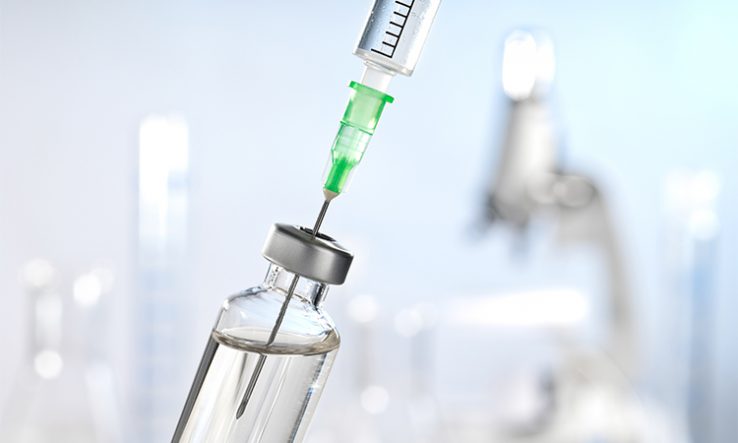
European Medicines Agency distinguishes between people with weakened immunity and the general population
The EU’s medical regulator has lent its support to the use of booster doses of vaccines for Covid-19 to protect the most vulnerable people from the disease.
After analysing evidence of efficacy and safety, the European Medicines Agency’s committee for human medicines has concluded that a third dose of the BioNTech/Pfizer and Moderna vaccines can be given to people with severely weakened immune systems from 28 days after their second dose.
In its announcement on 4 October, the EMA cited studies showing that an extra dose of these vaccines led to increased protection against the virus in organ transplant patients with weakened immune systems. “It is expected that the extra dose would increase protection at least in some patients,” the EMA said, adding that it would “continue monitoring any data that emerges on its effectiveness”.
The EMA said there was an important distinction between booster doses for those with weakened immune systems and for people at lower risk of becoming severely ill from the virus.
It said that for the latter group, data showed that antibody levels rose when a booster dose was given about six months after the second dose. On this basis, the committee backed the rollout of booster doses to the general public “at least six months after the second dose for people aged 18 years and older”.
EU health commissioner Stella Kyriakides said the “important guidance” meant that EU member states could now adapt their vaccination strategies if needed.
Variation in vaccine uptake
Data from the European Centre for Disease Prevention and Control show that more than 565 million vaccine doses have been administered in the European Economic Area so far, with 61.1 per cent of the total population receiving two doses to date.
Publishing the figures on 30 September, the body warned that “considerable inter-country and subnational variation in vaccine uptake” meant large proportions of the overall population were still at high risk of infection.